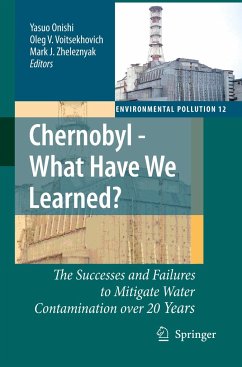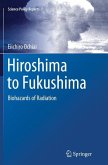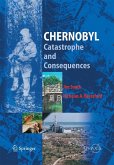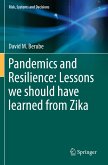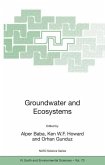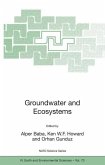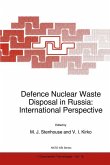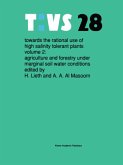Twenty years ago, on April 26, 1986, Unit 4 of the Chernobyl Nuclear Power Plant experienced a nuclear reactor accident and released six times more radionuclides into the atmosphere than the Hiroshima atomic bomb. The accident significantly damaged the environment and is expected to result in as many as 4000 deaths due to leukemia and other cancers. The cause of the accident was specific to a particular Soviet-built reactor; but the environmental and human consequences are applicable to Western nuclear plant accidents. Contrary to public perception, the former Soviet Union did what they could to protect the public from the Chernobyl accident within funding restrictions. They involved the highest level of political and scientific leaders and even conducted public surveys to identify concerns and fears. However, the secrecy with which the information was treated caused mistrust of the Chernobyl assessment and contributed to the widespread mental health problems associated with theaccident. Some Chernobyl countermeasures were successful, but many were ineffective or made things worse. We hope that the details presented in this book may be useful for Western countries in preparing for possible accidents or potential terrorist attacks with nuclear or chemical agents. The assessment of the Chernobyl accident, its impacts, and its count- measures and remediation has been published widely in many Western nations, but much of the research is still known only in Ukraine and Russia.
Bitte wählen Sie Ihr Anliegen aus.
Rechnungen
Retourenschein anfordern
Bestellstatus
Storno

